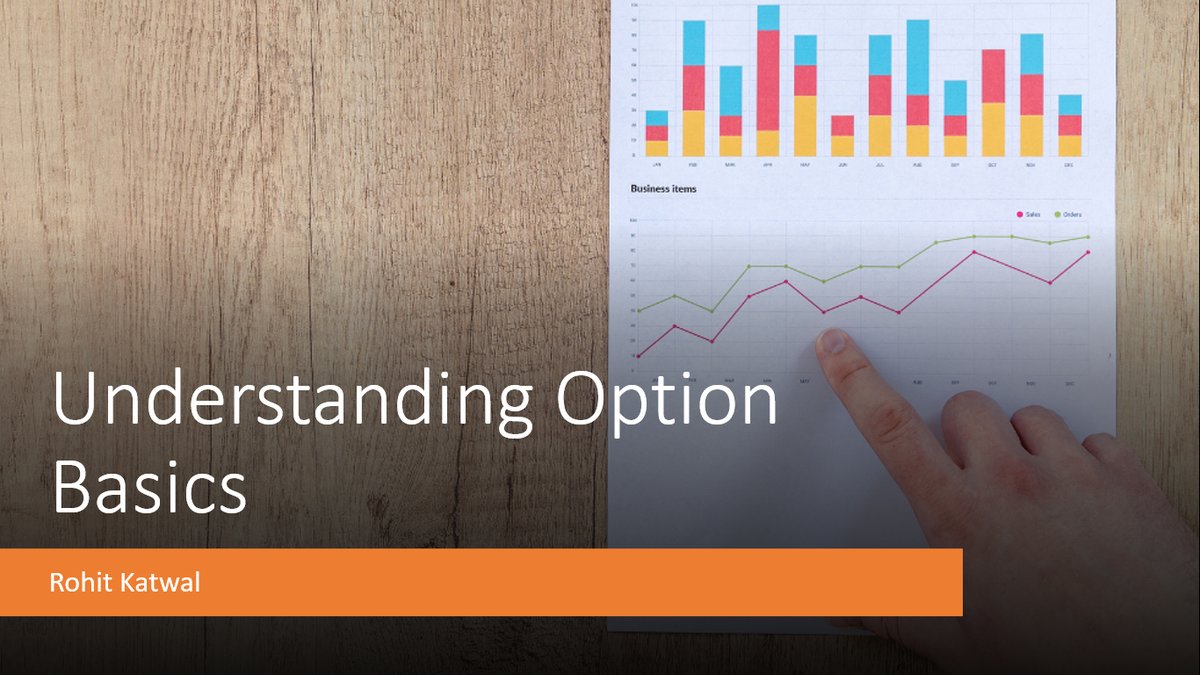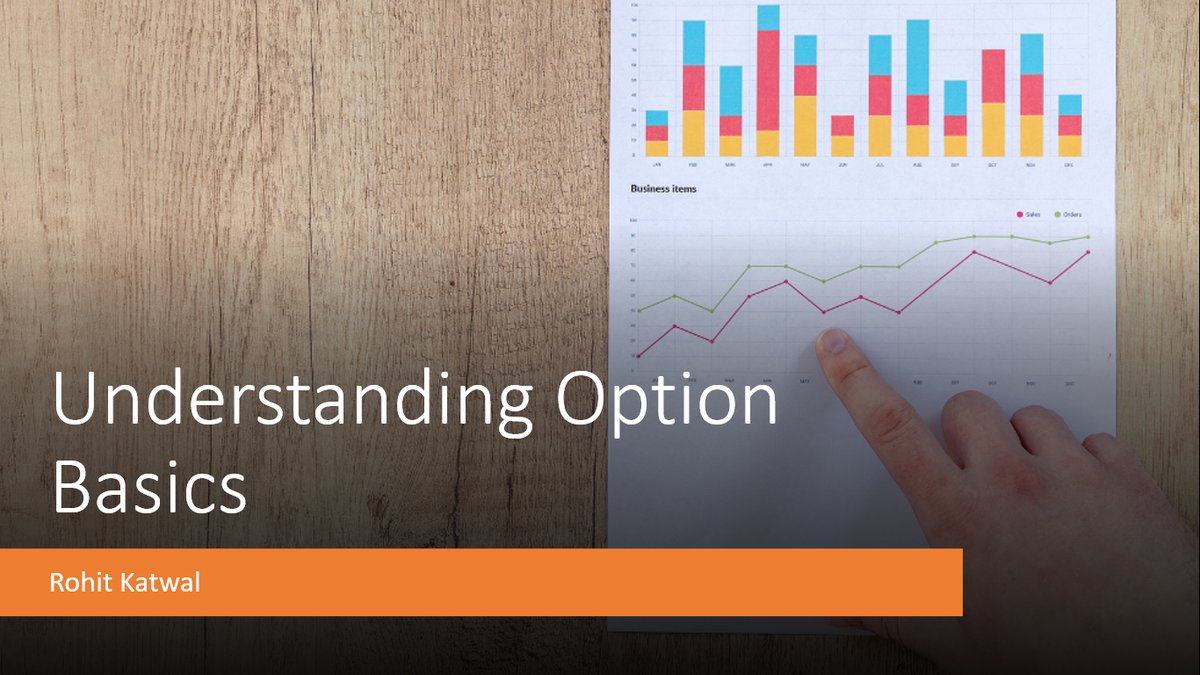
#QuoraQNA
Q. What is something that only someone who has been in the stock market for 10-15 years would know?
That profitability comes not from the trading system or some golden indicator or technical analysis of some kind.
#Nifty #BankNifty #OptionsTrading
+
Q. What is something that only someone who has been in the stock market for 10-15 years would know?
That profitability comes not from the trading system or some golden indicator or technical analysis of some kind.
#Nifty #BankNifty #OptionsTrading
+

@rohit_katwal Profitability is a product of probabilities and proper Risk and Money Management.
Suppose you have ₹100,000/- as trading capital.
Your winning probability is 60% and risk-reward is 1:3.
+
Suppose you have ₹100,000/- as trading capital.
Your winning probability is 60% and risk-reward is 1:3.
+
@rohit_katwal Per trade, you deploy 20% of your capital with 1:3 risk-reward potential. You risk ₹1000 or you profit ₹3000/-.
If you trade it with discipline, over 10 trades you will lose ₹4000/- and win ₹12000/-.
+
If you trade it with discipline, over 10 trades you will lose ₹4000/- and win ₹12000/-.
+
@rohit_katwal When you risk-reward is 1:2 and winning probability is 50%, then also you will lose ₹5000/- and win ₹10,000/-.
Rinse and Repeat with the rest of your capital and you will be profitable over a long period of time. It's that simple.
Rinse and Repeat with the rest of your capital and you will be profitable over a long period of time. It's that simple.
• • •
Missing some Tweet in this thread? You can try to
force a refresh







